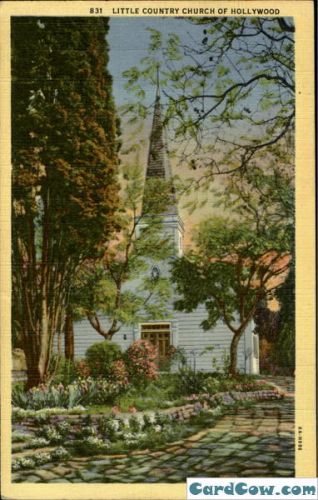Churches for sale, churches for sale
 The age of the megachurch has not been kind to small congregations. The aging of the declining "seven sisters" of mainline Protestantism has not been kind to small congregations, either. So there are quite a few beautiful (and not so beautiful) sanctuaries out there that are for sale. It seems that there are going to be more art galleries, restuarants and bed & breakfast options around in a decade or two than there are now. I have been saying for a decade that the future of Eastern Orthodoxy in North America will unfold in abandoned United Methodist churches.
The age of the megachurch has not been kind to small congregations. The aging of the declining "seven sisters" of mainline Protestantism has not been kind to small congregations, either. So there are quite a few beautiful (and not so beautiful) sanctuaries out there that are for sale. It seems that there are going to be more art galleries, restuarants and bed & breakfast options around in a decade or two than there are now. I have been saying for a decade that the future of Eastern Orthodoxy in North America will unfold in abandoned United Methodist churches.
At the same time, some of these sanctuaries are, to one degree or another, historic buildings.
Thus, the Los Angeles Times is following the story of the Little Country Church of Hollywood, which some people want to turn into a restuarant, complete with bar. The obvious headline: "A spirits-filled church? A developer envisions turning Little Country Church of Hollywood into a restaurant, bar and church. Not everyone finds his vision praiseworthy." Reporter Bob Pool could not resist the obvious lede:
Praise the Lord and pour the apple martini.
That refrain could be echoing down Argyle Avenue if a developer manages to convert the landmark Little Country Church of Hollywood into a combination bar, restaurant and church. Vytas Juskys sees the historic New England-style clapboard sanctuary as an ideal addition to Hollywood's burgeoning night-life scene, offering live entertainment and two outdoor free-standing bars, plus space for regular religious services.
Now it is that last concept that really threw me.
You see, it seems that this church has evangelical roots. Either that, or it dates back to the days when there really were radio preachers and evangelists who worked within the churches that we now consider liberal and-or progressive. The story doesn't answer that question. We are told:
The church was built in 1934 by the Rev. W. B. Hogg. At the time, he was a popular radio evangelist who went by the name Josiah Hopkins. The church was designed to resemble a New England-style country church by Paul Kingsley, a popular Austrian-born architect who designed many Los Angeles-area schools, department stores and civic buildings such as Arcadia City Hall.
After the church was built, it became home to Hogg's radio ministry, described as the first of its kind in the United States. It was also a popular setting for weddings involving Hollywood starlets and stars. The 3,400-square-foot sanctuary ended its religious service in 1997 after its dwindling congregation could no longer pay its operating expenses.
Interesting, huh? So was the church totally independent? There is no denomination involved in this story at all? And if the church truly was nondenominational -- all the way back when it was formed -- then was it still nondenominational at the time that it faded into statistical oblivion?
All of this leads me to the (slightly funny) question that interests me the most. If this historic building is really going to be turned into a bar with food, who is going to offer the "regular religious services"? What will the sign say out near the curb?
Insert your best one-liner here.